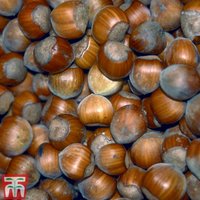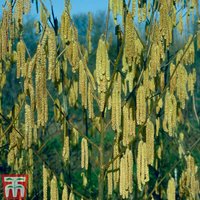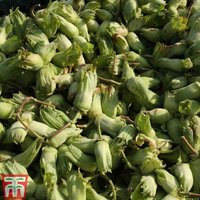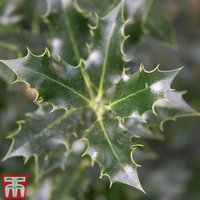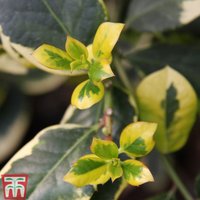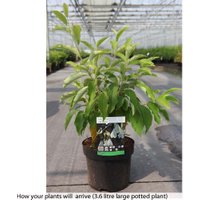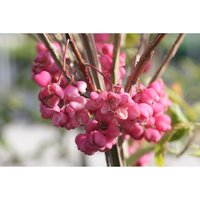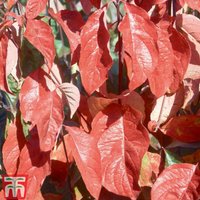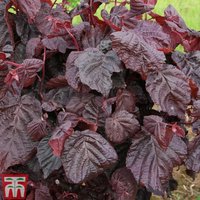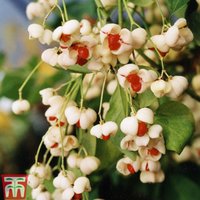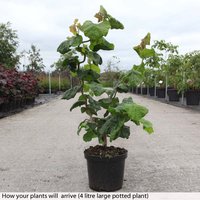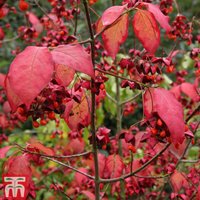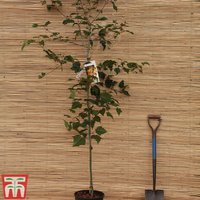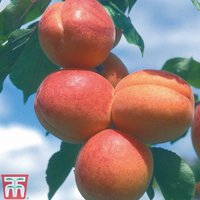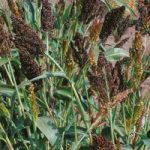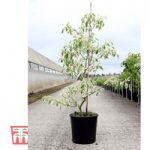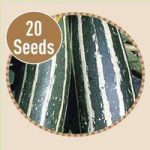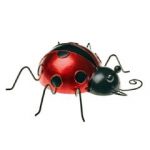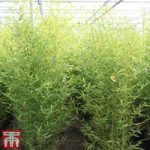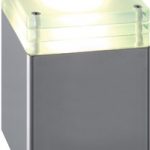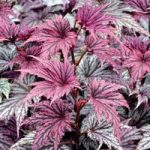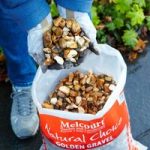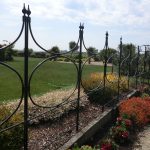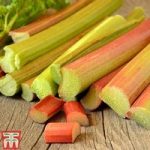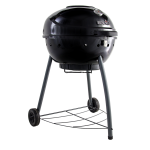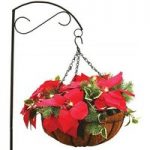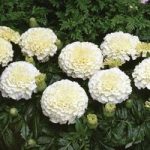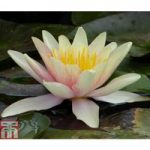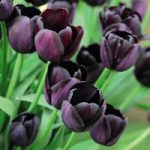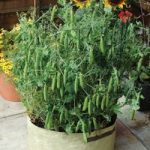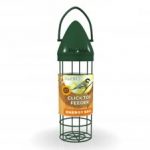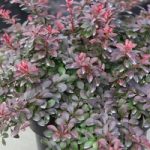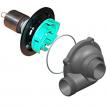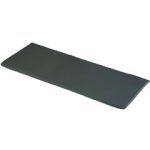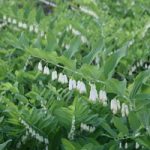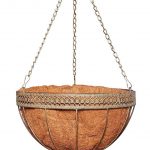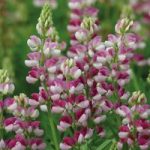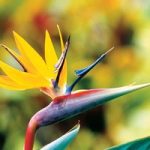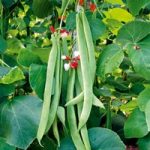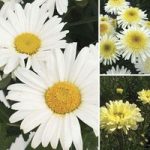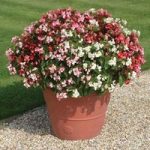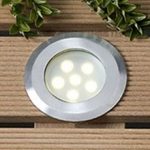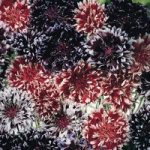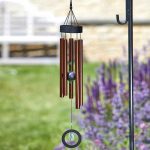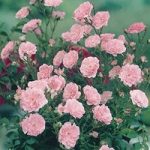Category Archives: Plants & Seeds
Ginkgo biloba ‘Menhir’
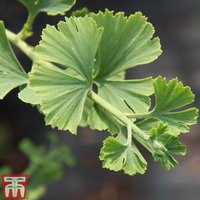 If you have always admired the ancient Maidenhair Tree, but never had the space then this new variety is certain to appeal. Ginkgo biloba ‘Menhir’ is a compact, columnar variety reaching just 5m (16?) tall. The foliage has the same fan shape as the rest of its species but this variety has darker, blue-green foliage.
If you have always admired the ancient Maidenhair Tree, but never had the space then this new variety is certain to appeal. Ginkgo biloba ‘Menhir’ is a compact, columnar variety reaching just 5m (16?) tall. The foliage has the same fan shape as the rest of its species but this variety has darker, blue-green foliage.
Corylus avellana ‘Butler’
Corylus maxima ‘Gunslebert’
Corylus maxima ‘Kentish Cob’
Holly ‘Alaska’
Holly ‘Golden King’
Black Walnut
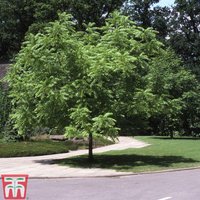 A majestic and fast growing tree that is often grown for its timber. Black Walnuts make excellent specimen trees, best suited to very large gardens, parklands and open spaces. Their grey, deeply furrowed bark and large pinnate leaves are extremely attractive, particularly in autumn when the foliage turns to buttery gold.
A majestic and fast growing tree that is often grown for its timber. Black Walnuts make excellent specimen trees, best suited to very large gardens, parklands and open spaces. Their grey, deeply furrowed bark and large pinnate leaves are extremely attractive, particularly in autumn when the foliage turns to buttery gold.
Cornus florida
Corylus avellana ‘Red Majestic’
Crataegus orientalis
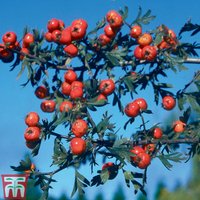 An extremely attractive Hawthorn bearing clusters of small, creamy-white flowers in late spring. The large, orange-red fruits that follow make an eye-catching feature, attracting birds to its spreading branches. The deeply lobed foliage is glossy green with downy, silvery grey undersides, creating a dense canopy.
An extremely attractive Hawthorn bearing clusters of small, creamy-white flowers in late spring. The large, orange-red fruits that follow make an eye-catching feature, attracting birds to its spreading branches. The deeply lobed foliage is glossy green with downy, silvery grey undersides, creating a dense canopy.
Euonymus hamiltonianus ‘Koi Boy’
Euonymus planipes
Corylus maxima ‘Red Filbert’
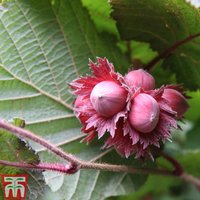 Corylus maxima ‘Red Filbert’ is both ornamental and edible. The young foliage emerges an attractive burgundy, colouring to green in summer. In late winter, purple catkins dangle from the stems making an attractive display. The nuts which replace them later in the year are reddish in colour, with an excellent flavour.
Corylus maxima ‘Red Filbert’ is both ornamental and edible. The young foliage emerges an attractive burgundy, colouring to green in summer. In late winter, purple catkins dangle from the stems making an attractive display. The nuts which replace them later in the year are reddish in colour, with an excellent flavour.
Acer grosseri var. hersii
Aesculus hippocastanum
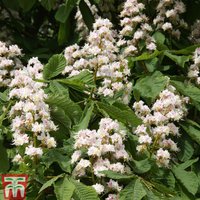 An iconic feature of the British countryside and a childhood favourite! The common Horse Chestnut is instantly recognisable for its distinctive, lobed leaves and large, white candelabra blooms in late spring. The spiky seedcases that follow, enclose the mahogany coloured conkers which are prized by schoolchildren (and some grown-ups too).
An iconic feature of the British countryside and a childhood favourite! The common Horse Chestnut is instantly recognisable for its distinctive, lobed leaves and large, white candelabra blooms in late spring. The spiky seedcases that follow, enclose the mahogany coloured conkers which are prized by schoolchildren (and some grown-ups too).
Aesculus x carnea ‘Briotii’
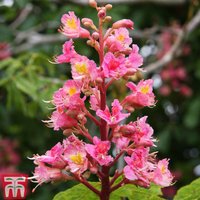 Somewhat smaller in stature than the traditional Horse Chestnut but no less impressive. This round-headed deciduous tree has the same palmate foliage with distinctive leaflets, but tends to be darker green in colour. The upright candelabra blooms are a beautiful rosy-red colour, giving rise to its common name of Red Horse Chestnut.
Somewhat smaller in stature than the traditional Horse Chestnut but no less impressive. This round-headed deciduous tree has the same palmate foliage with distinctive leaflets, but tends to be darker green in colour. The upright candelabra blooms are a beautiful rosy-red colour, giving rise to its common name of Red Horse Chestnut.







